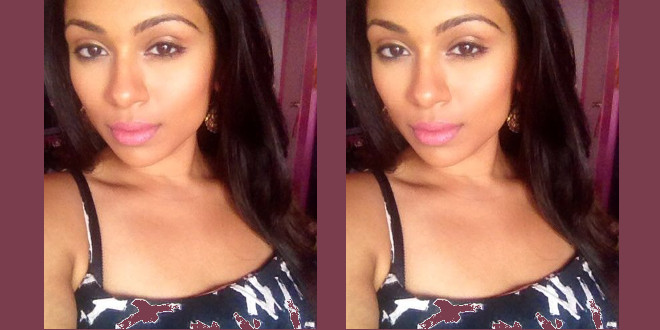
It’s easy to achieve the casual, yet flawless face for the everyday day-look – whether it be for a lunch, work or even your next date. For an added bonus, I show you a quick eyebrow tutorial that is essential, even for a casual look! Watch below for the step-by-step tutorial that gives you the confidence and easy-to-do look! Subscribe to our YouTube channel and give the video a ‘thumbs-up.’
Products Used:
- Witch Hazel
- Avon AM Solutions Sunscreen
- Primer: Benefit POREfessional
- Foundation: L’oreal True Match in Warm Beige
- Hard Candy Glamoflouge Concealer in Tan
- MAC Fix+
- MAC Mineralize Skin Finish in Medium Dark
- Victoria Secret ‘To Go’ Makeup Kit
- Wet Beauty Blender sponge




